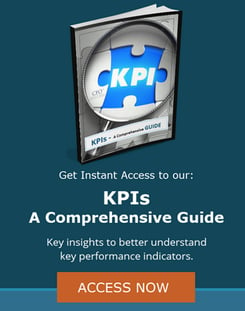These days there are many facets of technology spending to evaluate – everything from software subscriptions and ongoing infrastructure to new AI investments and increasing security costs. Unfortunately, this landscape can quickly become a cost quagmire for less financially experienced CEOs and business owners. Without a strong background in accounting/finance, these kinds of leaders can become distracted by tech solutions that promise big results and have even bigger price tags.
So, how do you keep technology spending in check? The key is to think like a CFO!










